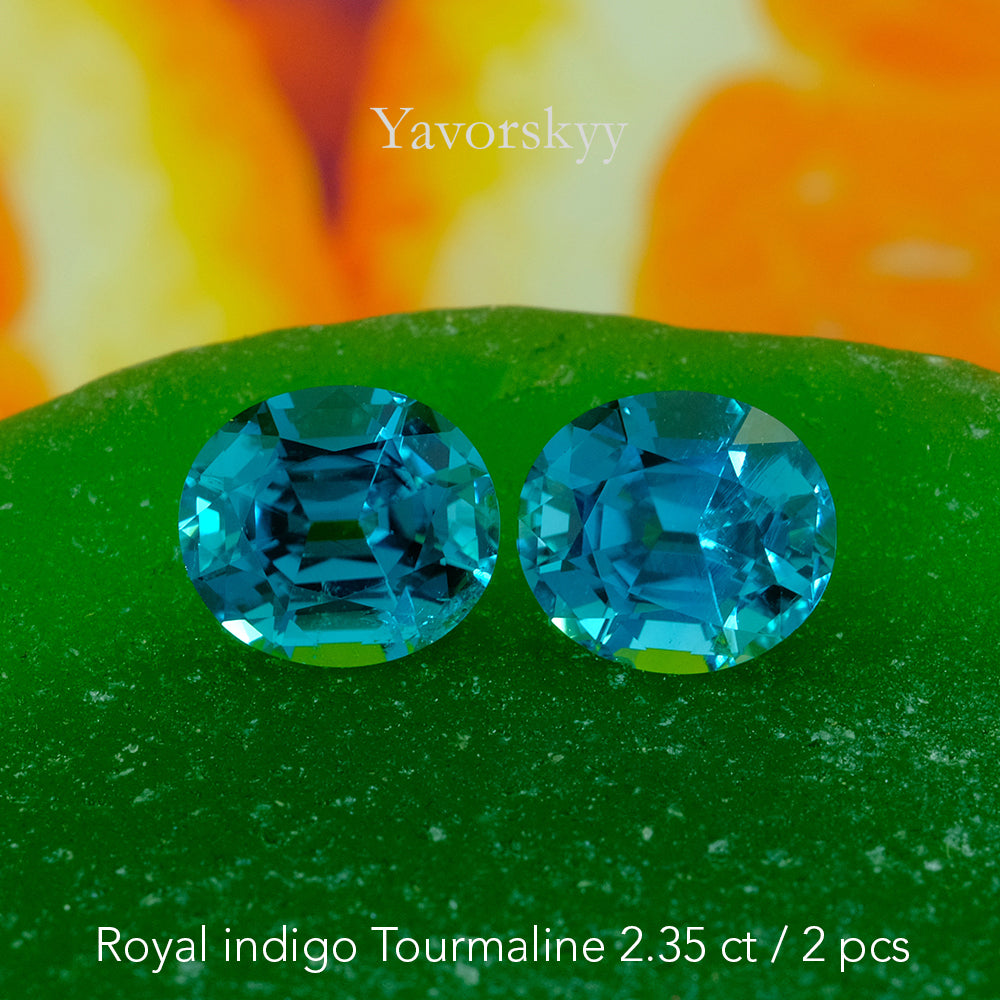Inclusive Gem Society
A colored stone is not a diamond, where simple “loupe-clean” does not even count, offering multiple VS to IF grades instead.
A colored stone is a source of color, above all. There are three things that matter in gemstones: color, color and color.
What does “loupe-clean” have to do with a natural gem then, and why would someone reject a stone just because it’s got a tiny veil, fissure or rutile inside?

Burmese Rubies in Maharajas’ headpieces were not clean, they were red and hard.
A Garnet that illuminated the way for Noah’s Ark was chosen thanks to its brightness and inner glow, rather than the crystal-clear body.



In all other cases we invite you to start loving natural inclusions in gems, just like we do. Not only those inclusions are entertaining in themselves, they also help you trace the crystal growth and avoid any man-made or enhanced material, which is not uncommon lately. Included colored stones should be entitled to all the same regalia of gem-quality crystals, only with a different scale of price and availability. Same as with heat treatment: there’s nothing wrong in enhancing a crystal in order to achieve better color and clarity, only heated gemstones should be adjusted in price, rarity and perhaps the naming… but this subject was already discussed in the introduction to our Gemstones Book. http://www.gemstonesbook.com/

We do love natural colored stones in all their manifestations, including inclusions.
Join us in the Inclusive Gem Society 😉
(written by Samanta Yavorskyy)

Follow Us